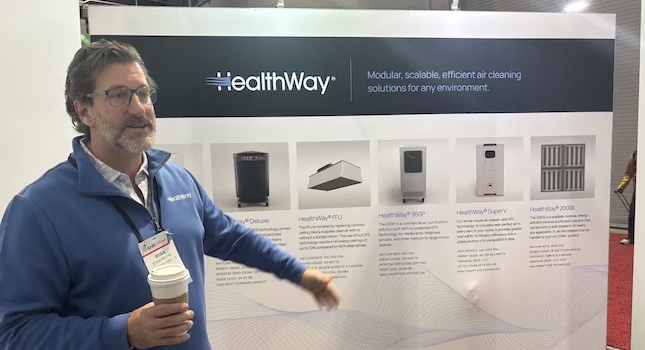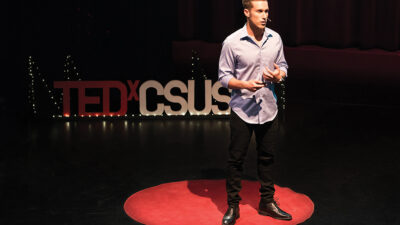As the urgency to address climate change has intensified, there has been a global shift towards sustainable and environmentally friendly practices. Decarbonization is at the forefront of this movement.

At the AHR Expo at McCormick Place in Chicago, decarbonization was a major topic of concern for commercial and industrial facilities. The challenge is not only to reduce emissions but also to do so while maintaining operational efficiency and competitiveness. One of the ways that vendors at AHR Expo were trying to address this was through retrofitting. This is a way to modernize existing facilities for a greener future.
Three decarbonization methods for buildings
According to conversations with different exhibitors, decarbonization in commercial and industrial settings involves adopting strategies to minimize carbon footprints.

“Decarbonization isn’t just a strategy for environmental sustainability. It’s an investment in our future,” said Ryan Richie, EVP of business development at HealthWay.
This can be achieved through various methods, such as:
-
Energy efficiency: Implementing energy-saving measures to reduce overall consumption.
-
Renewable energy sources: Transitioning to solar, wind, hydro or geothermal energy to replace fossil fuels.
-
Process optimization: Innovating production processes to be more energy-efficient and less carbon-intensive.
Retrofitting’s role in decarbonization

Retrofitting plays a crucial role in decarbonization. It involves updating existing facilities with new technology or features to improve energy efficiency and reduce emissions.
“Retrofitting can also be cheaper and simpler than installing an entirely new system,” said Rick Nadeau, vice President and senior director of training and operations at Samsung HVAC.
Key aspects of retrofitting include:
-
Upgrading HVAC systems: Modern, energy-efficient heating, ventilation and air conditioning systems can significantly reduce energy consumption.
-
Installing smart controls: Automated controls and sensors can optimize energy usage, reducing waste.
-
Insulation improvements: Enhancing insulation in buildings to reduce heating and cooling demands.
Retrofitting opportunities for building owners, operators
The opportunities from decarbonization and retrofitting solutions are vast. Retrofitting not only contributes to the global fight against climate change, but it also offers economic benefits through reduced energy costs. Companies that embrace decarbonization often enhance their reputation by appealing to an increasingly environmentally conscious market.
Decarbonization and retrofitting in commercial and industrial facilities represent a critical step towards a sustainable future.



